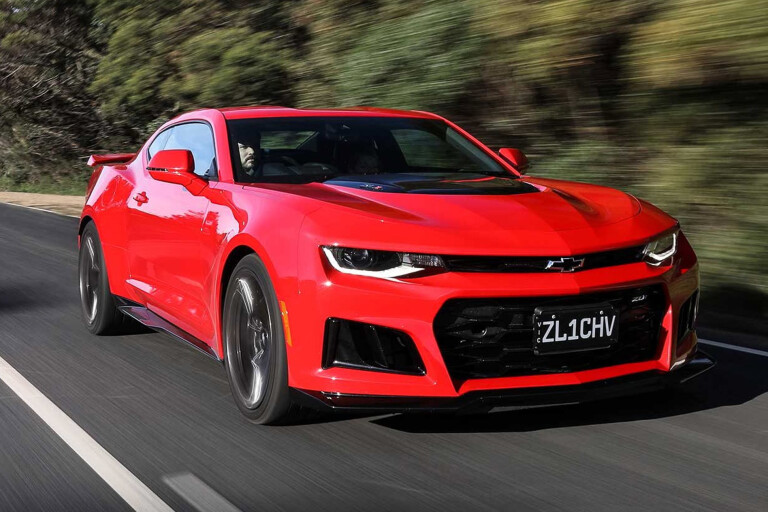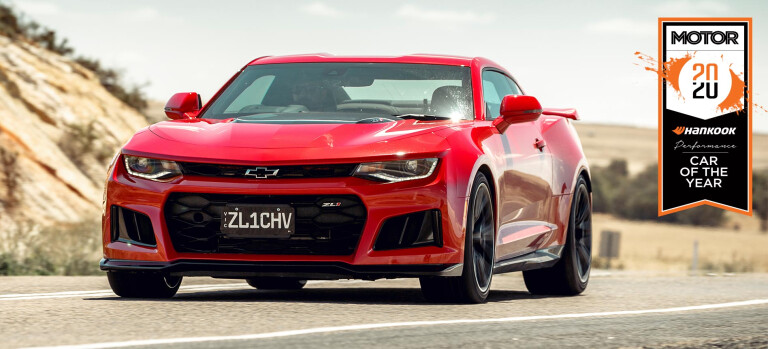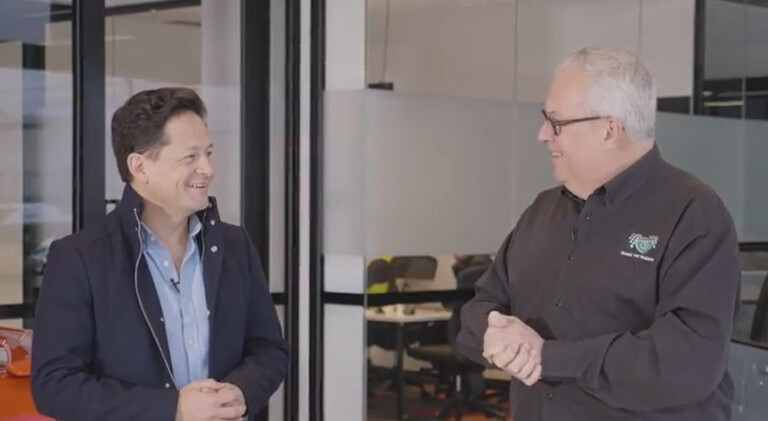
HSV’s barnstorming 477kW supercharged Camaro ZL1 would surely rate a mention in the ‘if I won lottery’ garage of any red-blooded enthusiast.
Quintessential modern American muscle car styling and a supercharged V8 engine that gives a defiant middle finger to political correctness - it’s a modern-day re-imagination of the kind of car that enthusiasts hung posters of on their bedrooms walls as children.
The Camaro ZL1 crushes the notion that American cars lack refinement. Packed with the latest in powertrain technology and sprinkled liberally with luxury appointments inside, the Camaro ZL1 feels right at home amongst a field of stupendously expensive European performance cars – many of them far more expensive than the ZL1.
And while the team at MOTOR proved that the ZL1 is capable of wiping the floor with its more costly competitors, the idea of stumping up $150K for the ZL1 is still sure to make your heart skip a beat.

But what if we look at the purchase from a different angle? Sure, there’s no denying the passion is there, but can the Camaro ZL1 be a rational purchase as well?
To find out, WhichCar’s Glenn Butler teamed up with American car enthusiast and Specialist Vehicle Valuer Mark Behr from Shannons to chat about the escalating values of classic HSVs, and the three things that are sure to make any car a future classic.

Glenn (left) and Mark discuss HSV values
Early HSVs have experienced somewhat of a renaissance in recent years. There are models like the VL Walkinshaw Group A SS SV (below) – the iconically-styled first-ever HSV - that have always been popular.
However, enthusiasts and collectors alike would have noticed that the values of just about every HSV have started to climb.
Mark puts this down to the same three things that make any vehicle a future classic – low production volumes, pedigree and performance; all of which are hallmarks of any HSV model.

Since its inception, HSV has been a deliberately low volume vehicle manufacturer, which is one of the elements that drive desire amongst enthusiast. Build-plated and serial numbered, every HSV is unique and accounted for, and the Camaro ZL1 in Australia is no different.
This gives way to pedigree, and that’s something that both the ZL1 nameplate and the HSV have in spades.
Born in the USA, the Camaro ZL1 dominated American drag strips when it was released in the late 1960s and early '70s. Boasting a 427-cubic inch engine, the ZL1 option was almost expensive as a base model Camaro, thanks in no small part to the all-aluminium V8 fitted to wreak havoc with the power to weight ratio!
With only 69 ZL1s produced, they instantly shot to collector status and it instilled equity in the ZL1 badge that remains to this day.
If you’re lucky enough to see an original ZL1 roll across the auction blocks these days, expect to see a cool half-million-dollar price tag accompanying it!
The final ‘P’ almost goes without saying – the ZL1 is a bona fide performance car no matter which way you run the numbers.

With 477kW on tap and with a claimed 0-100km/h time of 3.6 seconds, the team at MOTOR magazine posted an 11.73-second run to 400m (hitting 201km/h along the way) and discovered it can indeed deliver on its claims.
Glenn explains that while there’s no way to say with certainty which makes and models will or won’t attain collector status, HSV’s Camaro ZL1 certainly has all the hallmarks of a future classic.
COMMENTS